From the 1/2 Classrooms
Exploring the Zones of Regulation

From the 1/2 Classrooms
Exploring the Zones of Regulation
Throughout this term our F-2 students have been participating in The Zones of Regulation™ curriculum which are lessons and activities designed to help them gain skills in the area of self-regulation.
Our F-2 families would have received a letter at the end of Week 9 explaining what the program was about, but we thought it would be great to be able to share this learning with the wider school community.
Regulation is something everyone continually works on whether we are aware of it or not. We all encounter trying circumstances that can test our limits. If we can recognize when we are becoming less regulated, we are able to do something about it to manage our feelings and get ourselves to a healthy place. This is the goal of The Zones of Regulation.
Our students are learning that feelings are complicated. They come in different sizes, intensities, and levels of energy that are unique within our brains and bodies. To make them easier to talk about, think about, and regulate, The Zones of Regulation organises our feelings, states of alertness, and energy levels into four colored Zones – Blue, Green, Yellow, and Red. The simple, common language and visual structure of The Zones of Regulation helps make the complex skill of regulation more concrete for learners and those who support them. We learn to regulate our Zones to meet our goals and task demands, as well as support our overall well-being. A core belief of The Zones of Regulation is that all the Zones are okay. We routinely experience several of the Zones across a day.
Over the last 10 weeks our students have been participating in lessons and learning activities designed to help them recognise when they are in the different Zones as well as learn how to use strategies to change or stay in the Zone they are in.
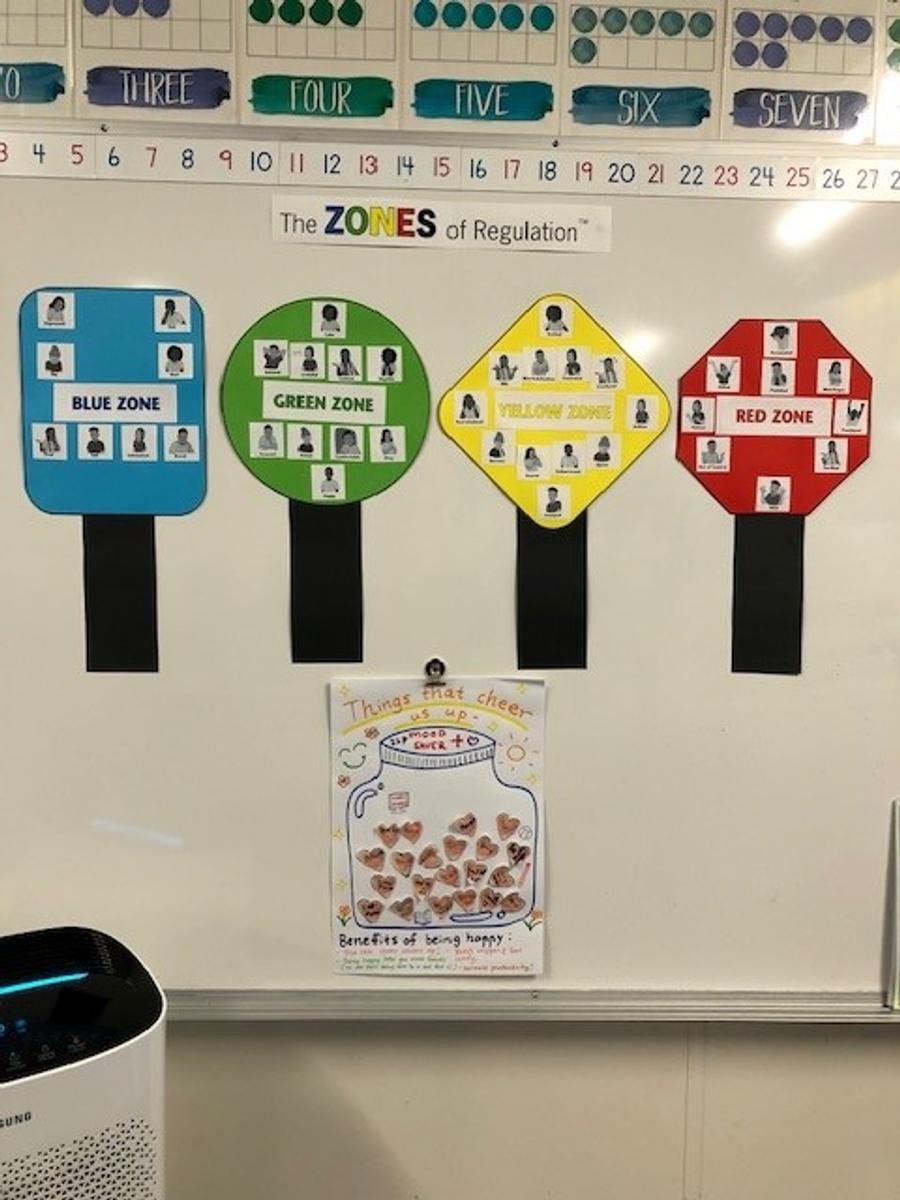















In addition to addressing self-regulation, the students are gaining an increased vocabulary of emotional terms, skills in reading other people’s facial expressions and perspective about how others see and react to their behaviour.
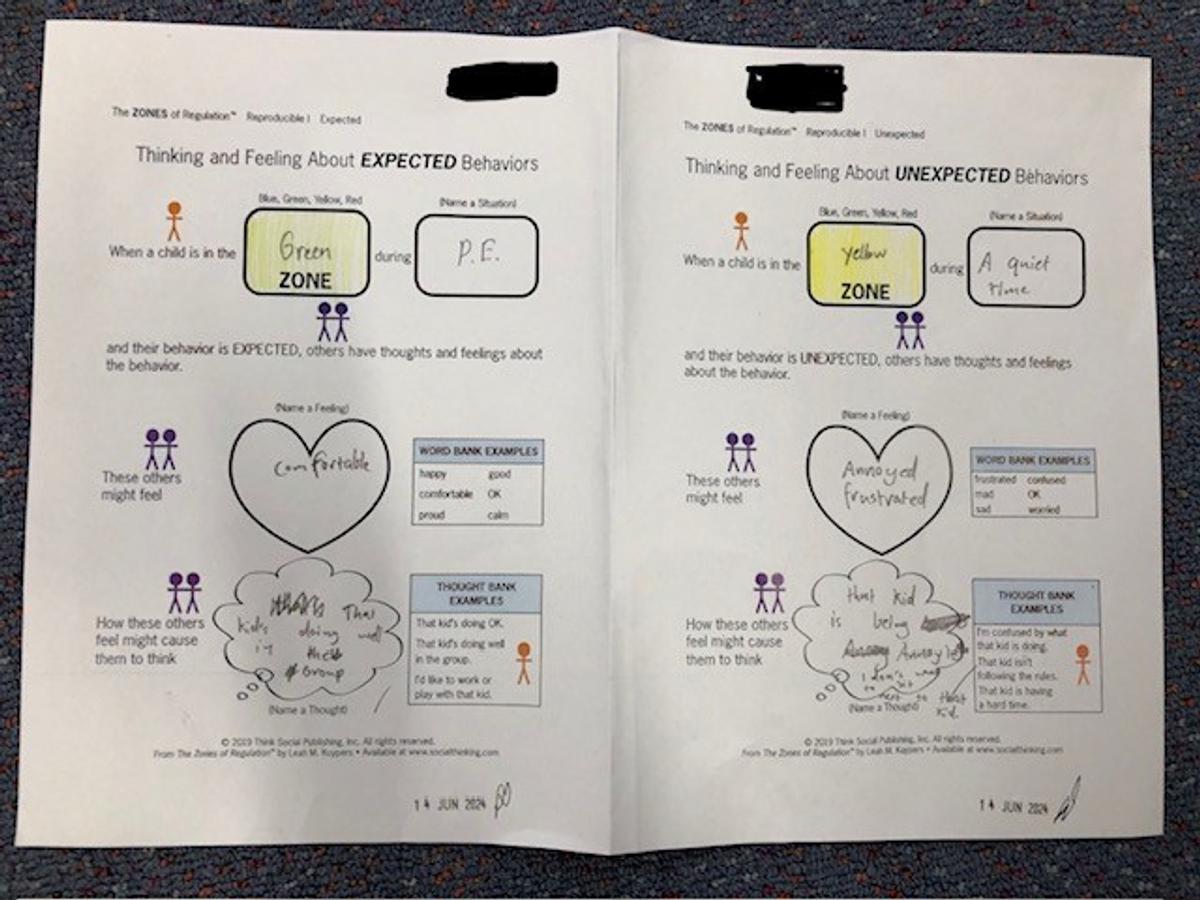
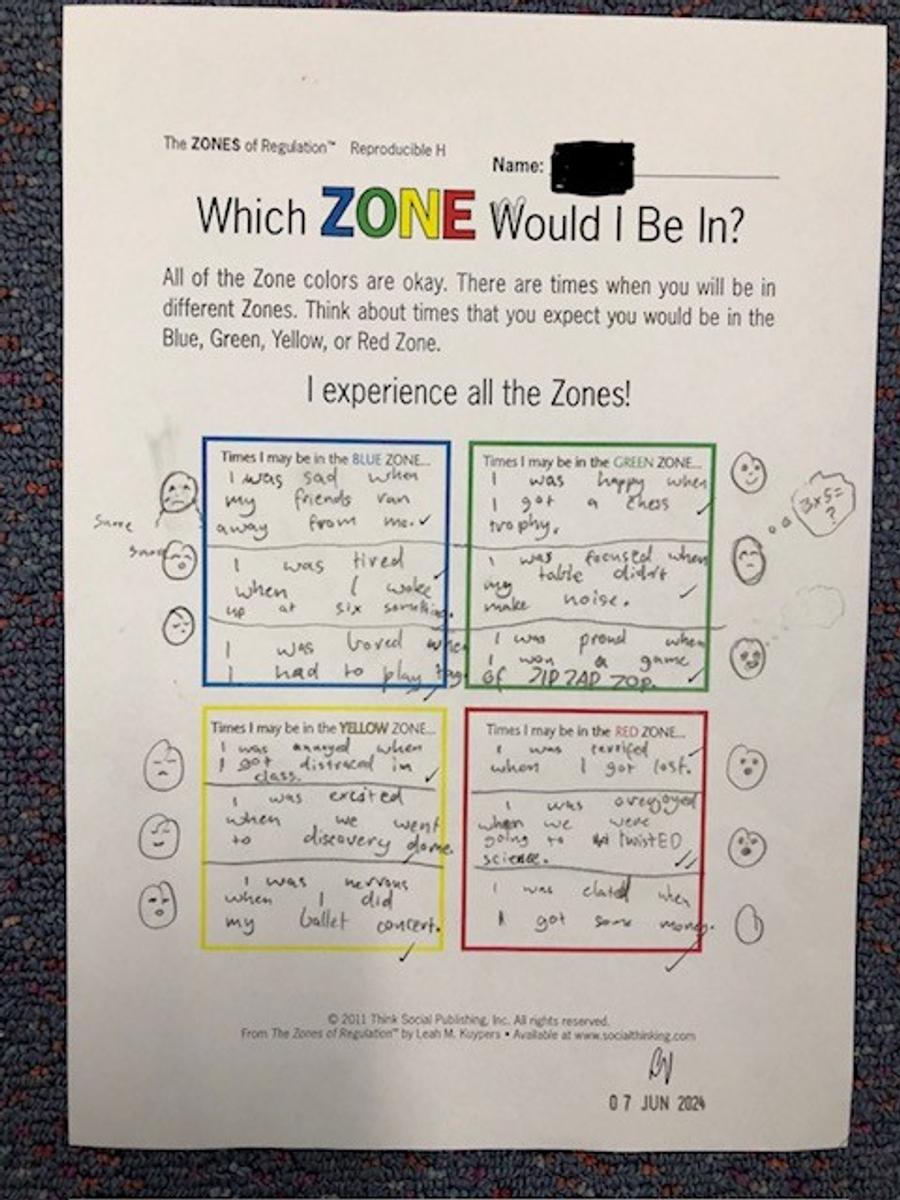

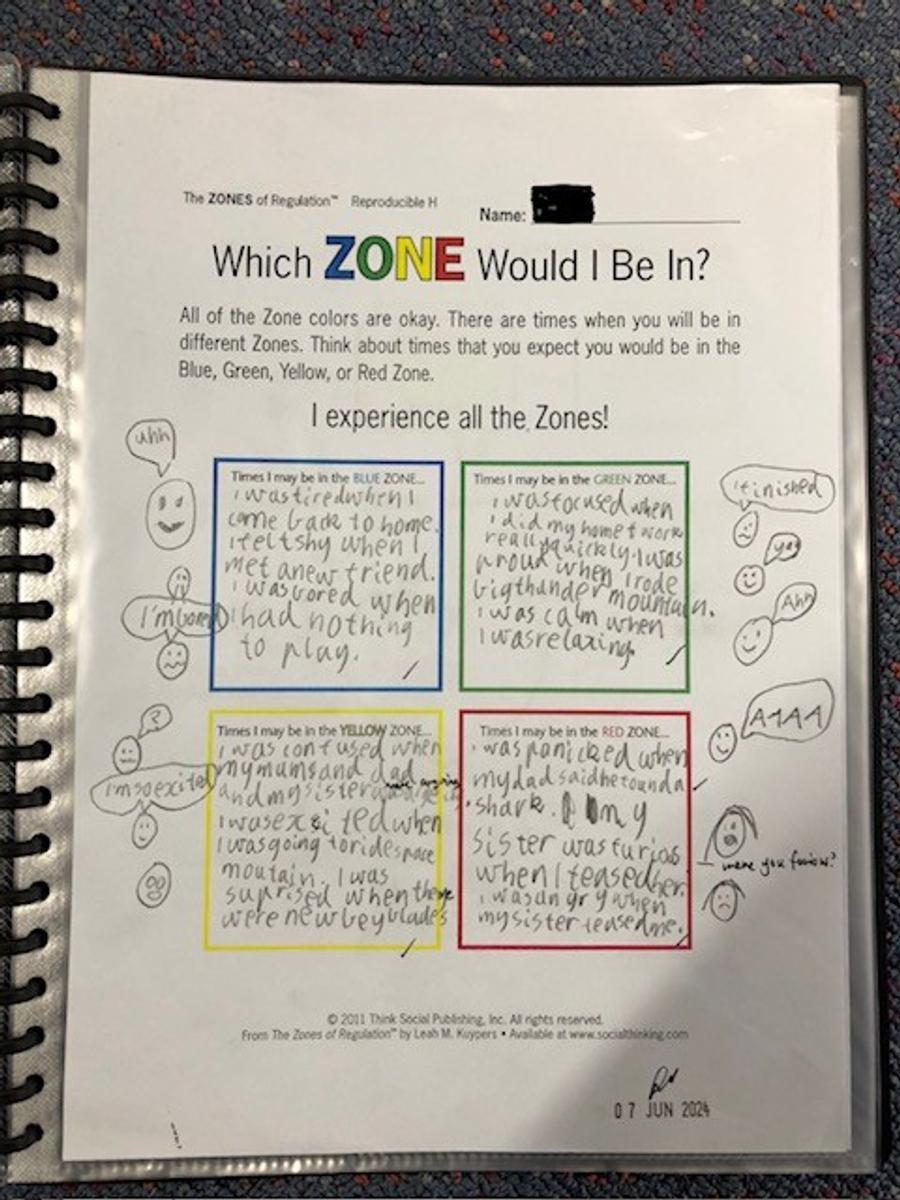

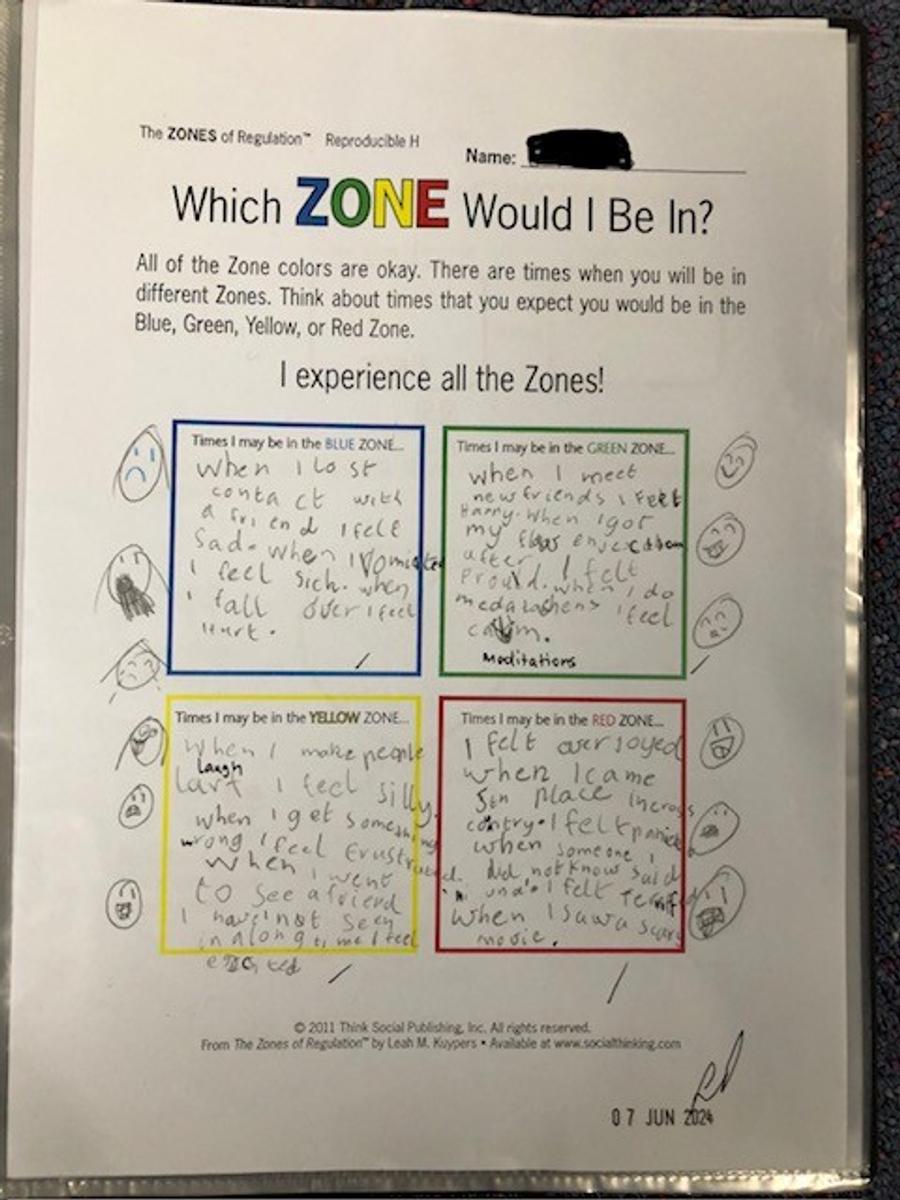
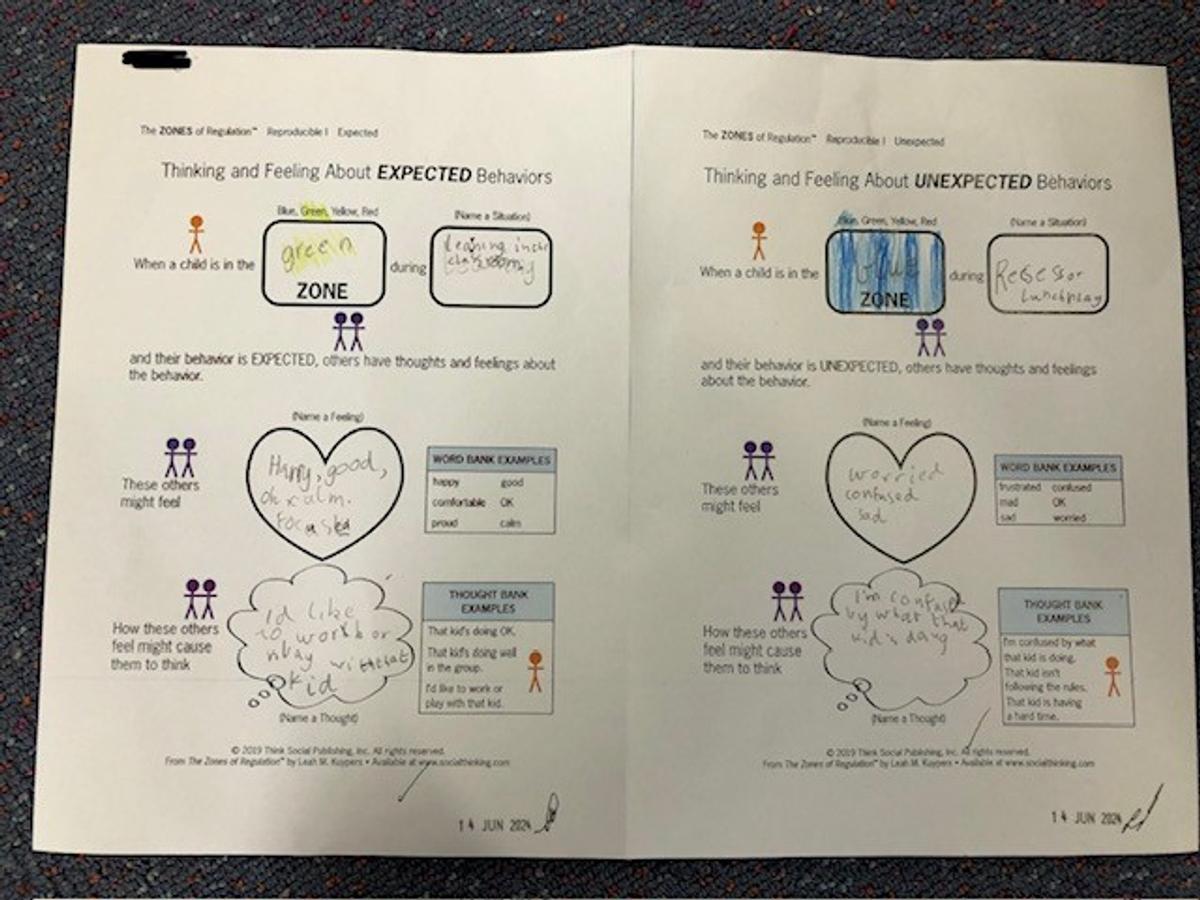


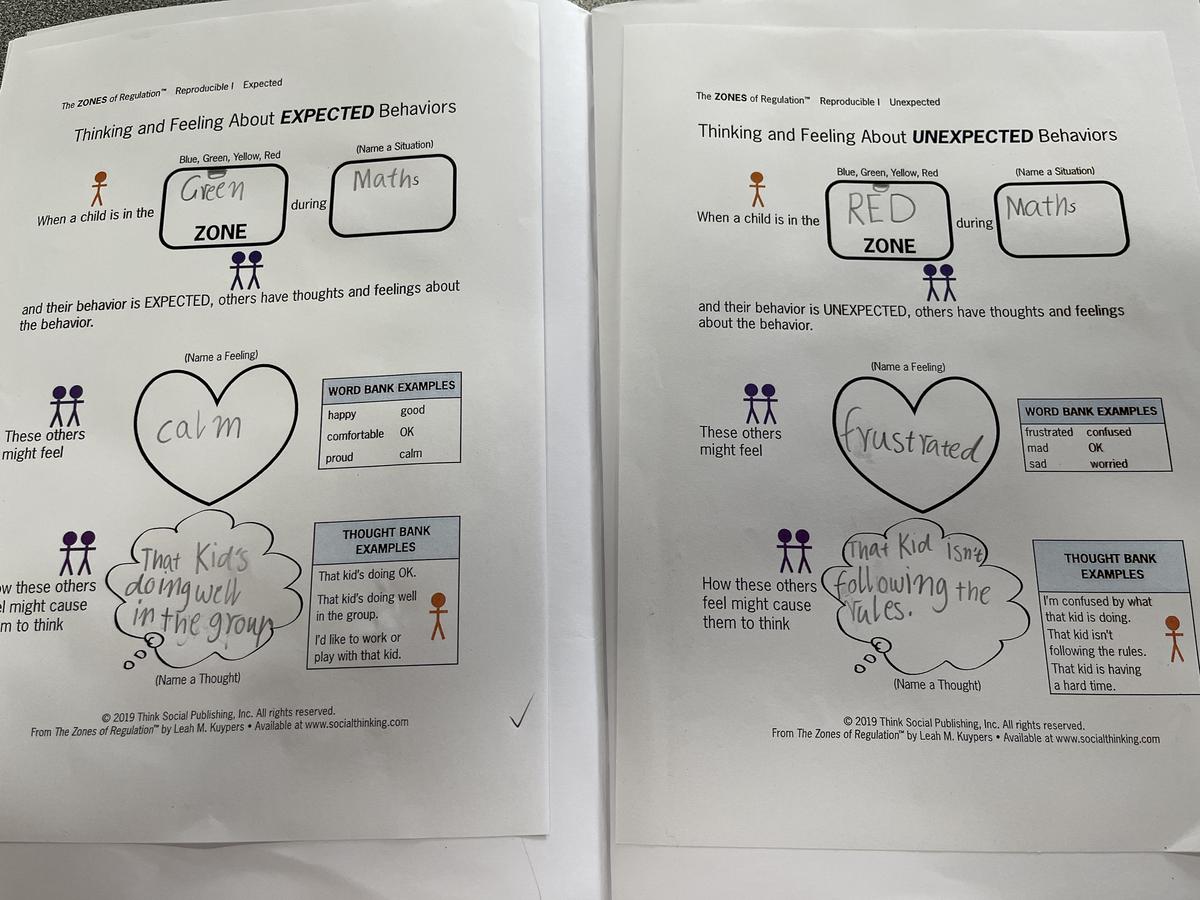


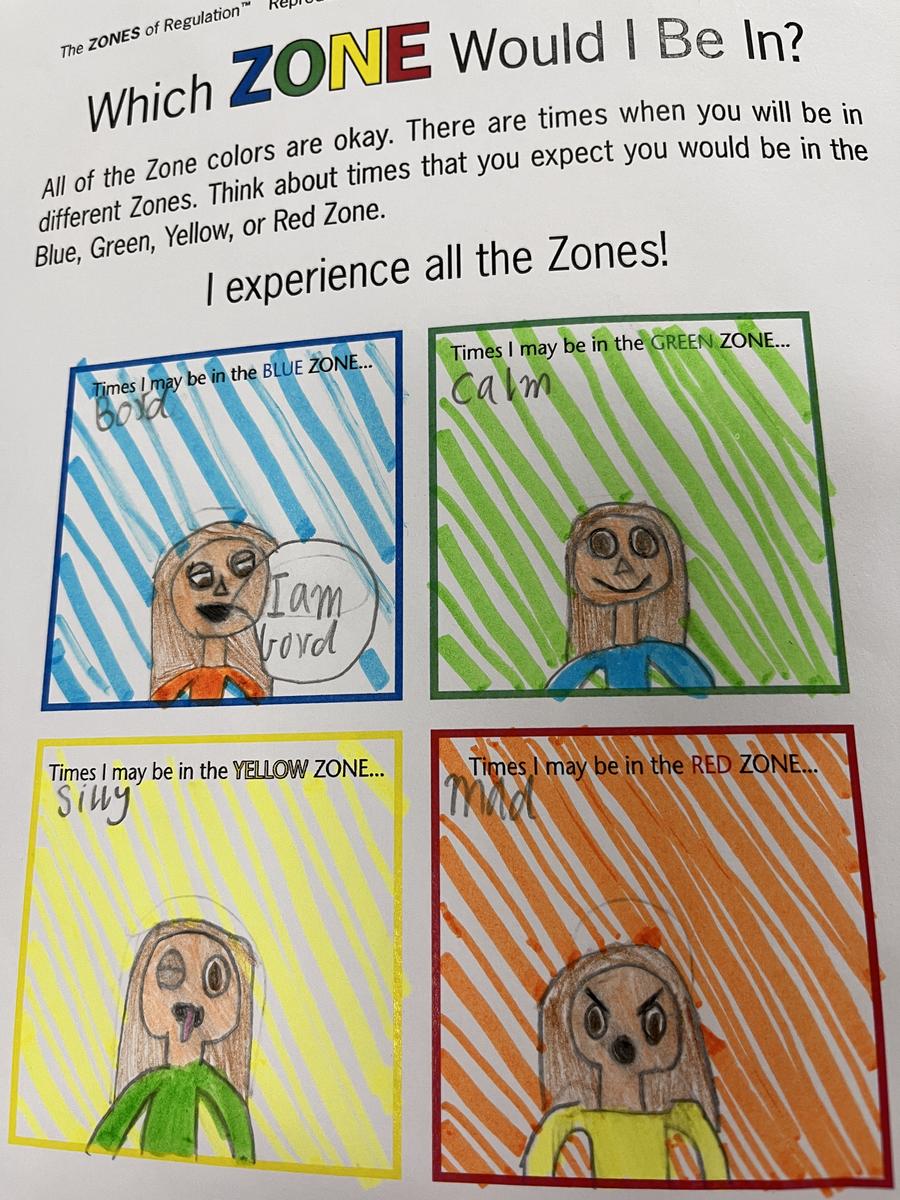

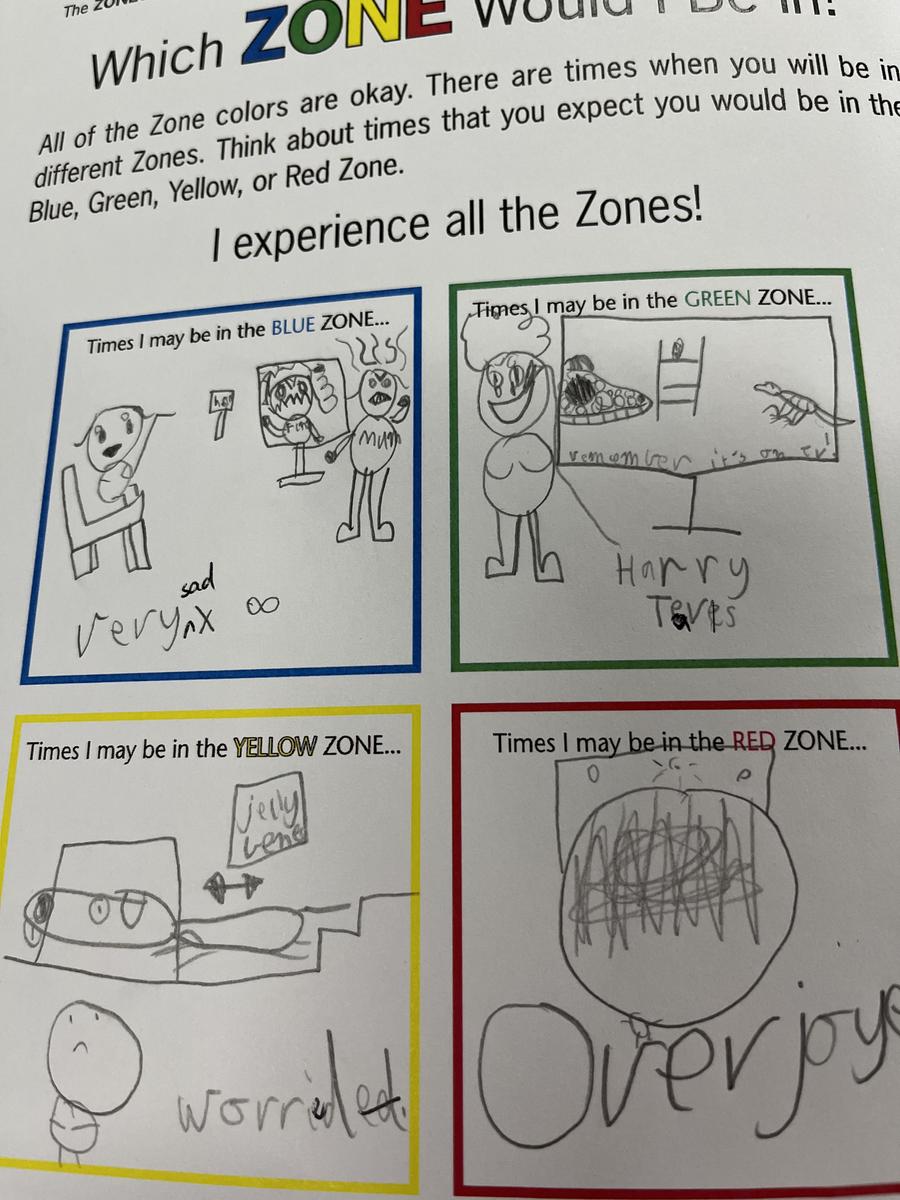

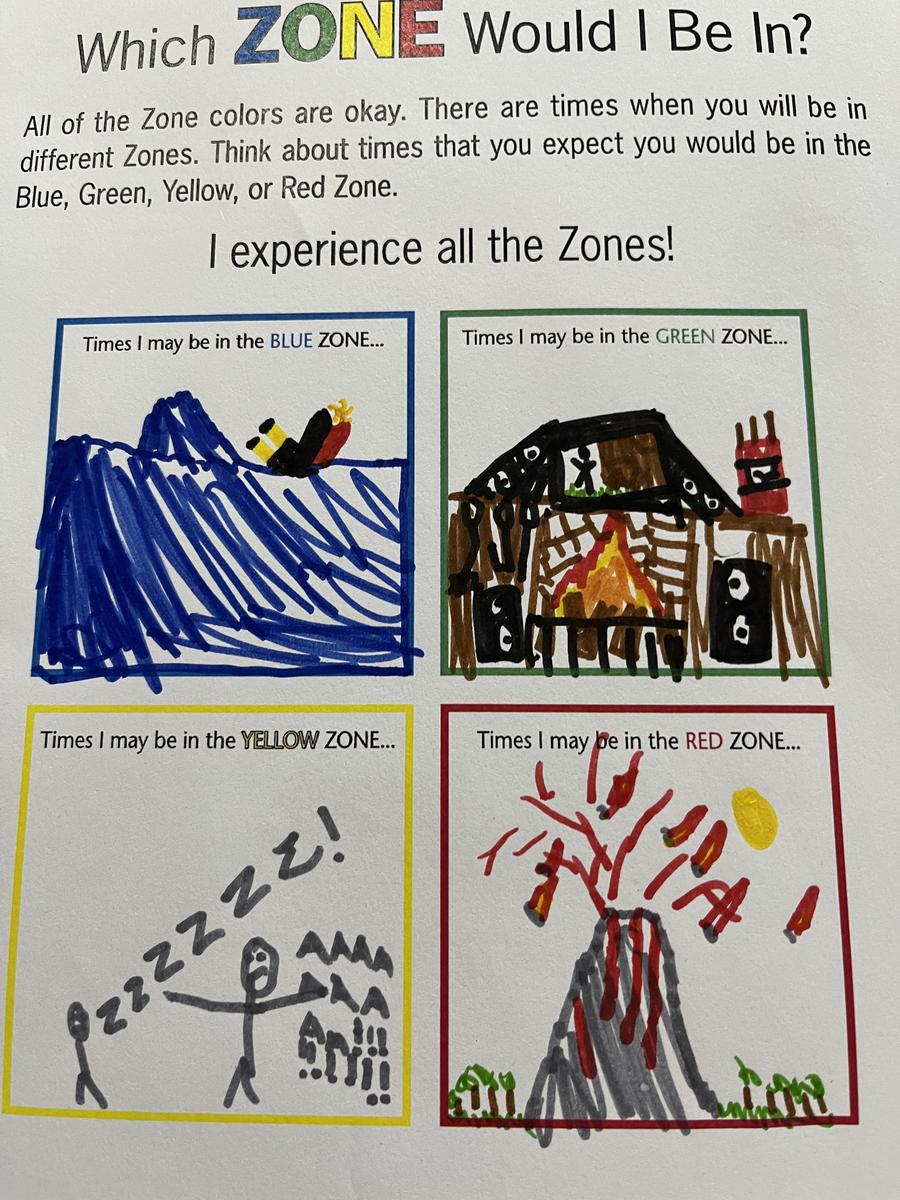

















Going forward our F-2s will have insight into events that trigger their behaviour, calming and alerting strategies, and problem-solving skills.
How you can support your child at home
We are very excited about the introduction of this program and and we are already seeing the benefits. We look forward to exploring the Zones of Regulation together in Term 3!
Prepared by the Grade 1/2 Teachers
Llaaneath Poor, Maryanne Cozzio, Paula Paziotis, Karin Tsiandikos-Huf